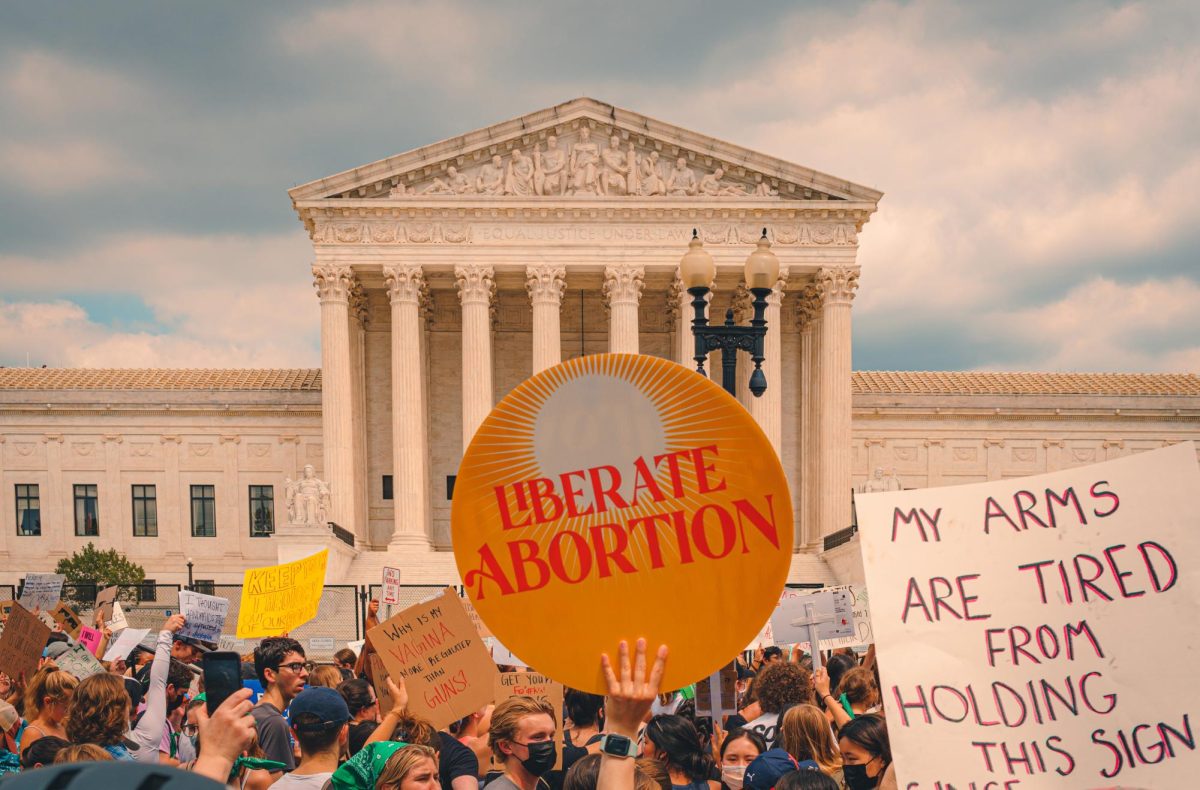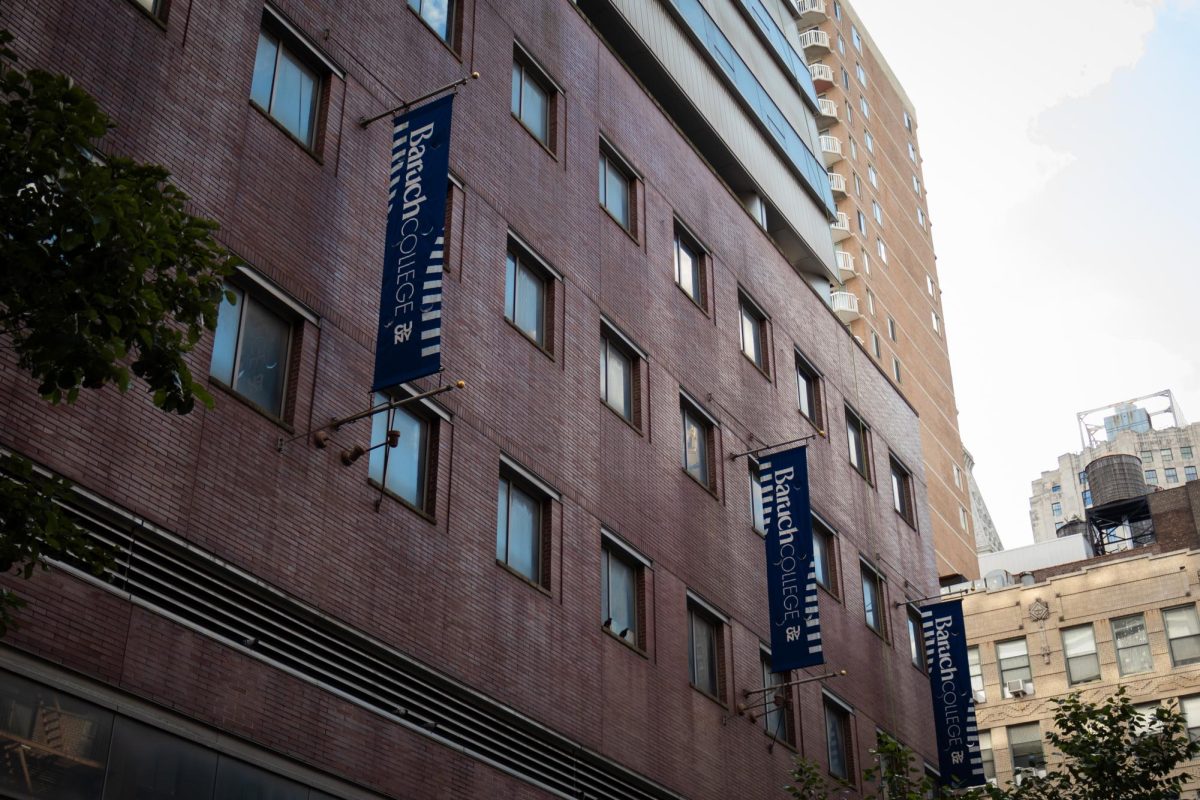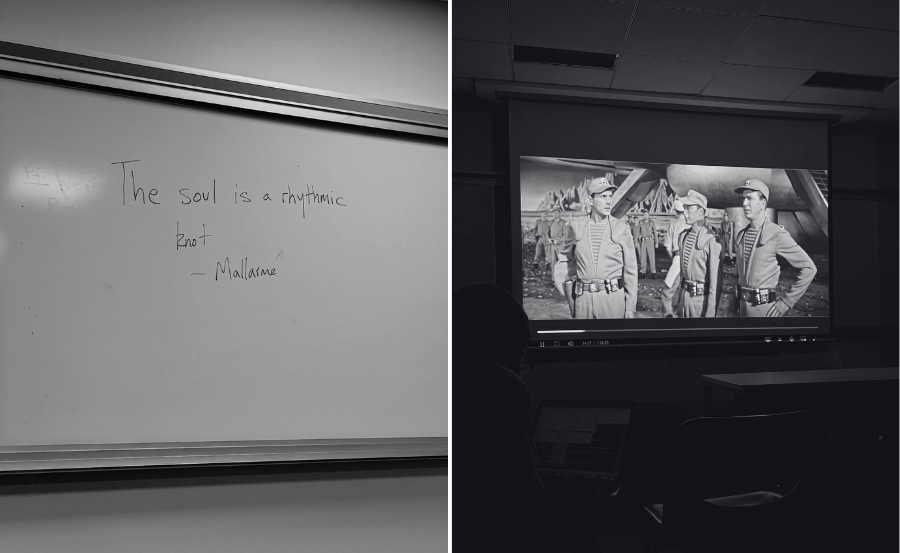As Mexico joins the list of countries that decriminalize abortions, the United States should also consider easing restrictions surrounding abortion access.
On Sept. 5, Mexico’s Supreme Court voted to strike down a federal penal code that criminalized abortions, broadening access to the procedure in all federal institutions nationwide.
The decision followed two years after the court deemed any law criminalizing abortions unconstitutional and struck down several provisions of law in northern Coahuila state. The provisions called for prison time of up to three years for anyone who terminates their pregnancy or those who perform an abortion.
Following the decision, federal facilities are required to provide service, making it possible for a lot more people to obtain abortions safely, according to The Wall Street Journal. Additionally, The New York Times reported that the ruling prohibits lawsuits or fines against employees of these facilities, midwives or anyone associated with the abortion from being prosecuted.
According to The New York Times, Mexico’s Supreme Court stated, “Criminalization of abortion constitutes an act of gender-based violence and discrimination, as it perpetuates the stereotype that women and people with the capacity to get pregnant can only freely exercise their sexuality to procreate and reinforces the gender role that imposes motherhood as a compulsory destiny.”
This statement proves that Mexico is putting women first and treating them like people. The U.S. should follow in its direction by giving women their autonomy. In fact, allowing people to have autonomy over their bodies is necessary because it’s a basic human right.
With local laws remaining in effect, 20 out of 32 states still classify the procedure as illegal. However, the ruling will allow people in these states to seek the procedure as long as they do so in federal facilities.
The U.S. needs to follow in Mexico’s pursuit and set aside federal facilities to provide a safe space for people living in states that made abortion illegal.
Despite the support from most of the population, the Supreme Court’s decision faces backlash from anti-abortion protesters, as well as the Catholic Church. The Church expressed their concerns a day prior to the release of the decision, claiming it could be a ‘huge setback just to please ideology.’
The ruling comes as Texas, which is right across the border, shares the view of the protesters in Mexico and is passing a law that bans abortions after six weeks, with legislators in other states prepared to follow suit.
While Mexico’s culture is transforming, the U.S. is seemingly regressing. Since the reversal of Roe v. Wade, more abortion restrictions have been enacted by U.S. states in 2021 than in any year since abortion was legalized, according to data from the Guttmacher Institute.
With more restrictions rising, the number of abortions does not seem to decrease. Guttmacher’s data shows that about 511,000 abortions were estimated in areas where the procedure was legal in the first six months of 2023, compared to about 465,000 abortions nationwide during the same period in 2020.
Making abortion illegal does not stop the practice. People will still find a way to do what is best for themselves. Therefore, criminalization of abortion is not the answer. Instead, the U.S. needs to ensure that abortion is practiced safely by restricting the locations abortions can be conducted and the people who can conduct it.
Additionally, the change is especially noticeable in states bordering those with total bans or harsh restrictions. According to The New York Times, in Illinois “abortions rose an estimated 69 percent in 2023 compared with the same period in 2020, to about 45,000 from 26,000.”
These restrictions seem to accomplish the opposite of what their aim is, considering the post-Roe v. Wade era data shows a gradual decline in abortions nationwide since 1980, according to Guttmacher’s data.
As Mexico joins the list of countries that continue to expand abortion access, the U.S. is one of the few that has significantly restricted its people’s ability to obtain the procedure.
Even though the right to a safe abortion has been established as a human right by multiple international frameworks, including the U.N. Human Rights Committee, the future of abortion access in the U.S. remains unclear.









